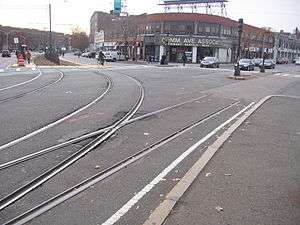Taxpayer (building)

In real estate, urban planning, and especially firefighting, a taxpayer refers to a small one or two story building built to cover the owner's annual property tax assessed for owning a parcel of land.[1] They are usually constructed with the hope that they can soon be redeveloped into a larger building capable of generating more revenue, or simply to hold a parcel of land along a new road or especially a streetcar line while waiting for value to appreciate. The building style was generally replaced with strip malls as the automobile became dominant in the mid 20th Century.[2]
Hazards
Taxpayer buildings are criticized for being poorly or cheaply built, but allow a developer to stay in business while they wait for more favorable conditions. A fire in a taxpayer is a special hazard in firefighting. The poor quality construction often burns readily, and the architecture tends to encourage backdrafts.[1] Many have been renovated several times over and have concealed or undocumented voids.[2] More modern taxpayers were built with fire-resistant materials and are less of a hazard.
See also
References
- 1 2 "http://www.firesops.com/wp-content/uploads/2012/02/BFD_SOP_10_Fires_in_Taxpayers.pdf" (PDF). www.firesops.com. Retrieved 2015-04-22. External link in
|title=(help) - 1 2 "Taxpayers and Strip Malls: Construction and Tactics". www.fireengineering.com. Retrieved 2015-04-23.